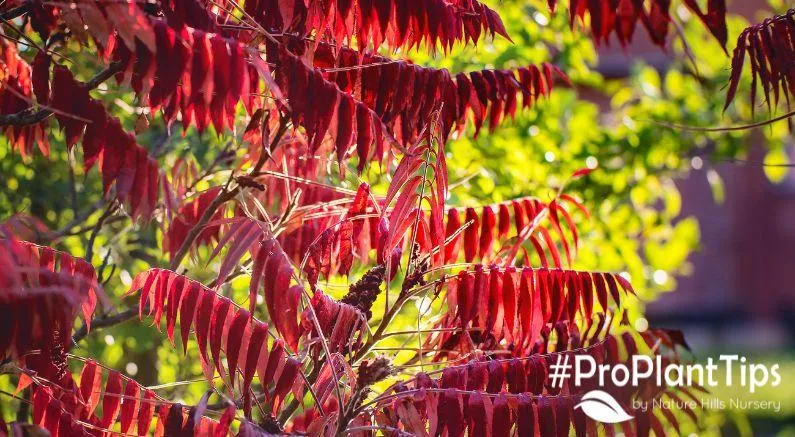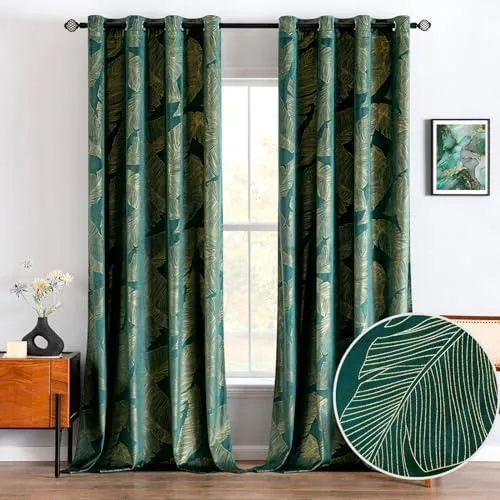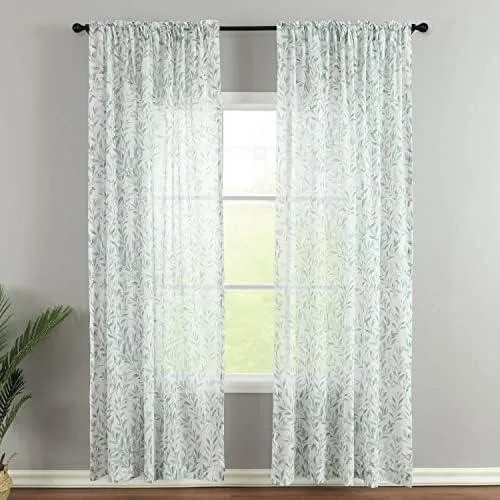Your Guide to Velvety and Velvet-Textured Houseplants
Are you looking for a lush indoor plant with butter-smooth, velvet leaves? You’ve come to the right place. As an avid gardener, I’ve grown all sorts of plants over the years and encountered a few with that coveted velvet texture. In this article, I’ll walk through some top options to satisfy your craving for velvet.
Pilea peperomioides – Chinese Money Plant
One of the most popular velvety plants around is the Chinese Money Plant, also known as Pilea peperomioides. Its circular, coin-shaped leaves have a dark green hue on top and a rich burgundy underneath. Their surface is like fine velour – soft and luscious to the touch. From my experience, Pilea is quite the trooper too. Though tropical, it tolerates lower light and irregular watering. Just beware: it can propagate itself all over quickly with runners and plantlets! You’ll find yourself gifting pops to family and friends before long.
Calathea makoyana – Peacock Plant
For folks seeking a showstopping velvet specimen, look no further than the Peacock Plant. Its leaves are oval shaped with impressive purple undersides surrounded by darker purple stripes. The textured top layers resemble fine suede. Calatheas are fussier than Pilea, craving high humidity, filtered light, and consistent moisture. But their ruffled foliage makes up for it with stunning pattern and texture. Just don’t handle them too much – their leaves wilt limply at even light contact. At the same time, with a little TLC, their appearance will be cause for envy among plant friends.
Selaginella kraussiana – Club Moss
For a miniature, moss-like velvet, Club Moss is tops. This creeping groundcover plant has tightly compressed, overlapping leaflets that feel plush to the touch. While commonly green, cultivars exist with burgundy or silver hues as well. Club Moss thrives in low-light indoor conditions like bathrooms. It prefers evenly moist soil. However, be warned – it can be invasive. Much like Pilea, popping sprouts often develop which spread quickly if not contained. Containers are a must with this one!

Care Tips for Velvety Houseplants
While every plant has its quirks, here are some general care guidelines for growing healthy velvet beauties indoors:
- Water when the top inch of soil is dry. Overwatering kills more houseplants than under-watering. Err on the side of allowing soil to dry slightly between waterings.
- Mist leaves regularly for high humidity lovers like Calathea. The same plants benefit from pebble trays or humidifiers near their pots.
- Rotate pots weekly so all sides receive indirect light evenly. Most velvet plants thrive in medium to low light conditions, not direct sun.
- Feed monthly in the growing season with diluted water-soluble fertilizer. But go easy – over-fertilizing can cause burnt leaf tips.
- Check for pests and quarantine suspect plants immediately. Mealybugs especially have a fondness for velvet textures. Remove them promptly with q-tips dipped in rubbing alcohol.
- Repot in spring when roots begin circling the drainage holes. Go up only 1-2 inches in pot size to avoid crowded roots and soggy soil.
With some TLC tailored to their individual needs, velvety plants will reward you with their luxurious good looks indoors for many months to come. Remember, all plants require adjustments now and then. Patience and close observation go a long way when caring for finicky beauties like these.
Common Questions About Velvet Plants
Based on my years of experience helping plant parents select and care for their houseplant collections, here are answers to some typical queries:
Are velvet plants pet-friendly?
Most velvet plants are non-toxic to pets if ingested. However, cats in particular may be drawn to chew or swat at their soft leaves. It’s best to keep plants high up or behind barriers where curious paws can’t reach. Some pets will even eat plant soil, spreading it everywhere – definitely avoid with invasive types like Club Moss!

How do I propagate velvet cuttings?
Propagating from stem or leaf cuttings is quite easy for velvet plants like Pilea. Use clean, sterilized shears to snip 4-6 inch sections. Remove leaves from the bottom half. Stick the cut ends directly in moist potting soil. Within a few weeks, rooted offsets or baby plants form. You can then transplant them to the desired size pots. Calathea is trickier but still possible from leaf cuttings with high humidity.
Will velvet plants cause pet hair to stick?
For the most part, no. While their texture attracts petting hands, velvet leaves have fine hairs that don’t latch onto longer pet fur like broader-leaved plants do. Regular misting also keeps them from developing static cling. That said, heavier shedders or long-haired breeds may deposit some stray hairs. Simply wipe them off gently with a dry cloth.
Do velvet plants need fertilizer in winter?
During their winter resting phase with less light and warmth, velvet plants grow slowly and need less fertilizer. Feed monthly instead of bi-weekly. Consider halting fertilization completely from late fall until new growth emerges in late winter or early spring. This prevents nutrient burn from excessive fertilizer sitting inactive in the soil. Resume normal feeding schedule as conditions start improving again.
I hope these details help provide a full picture of selecting and caring for beautiful velvet plants indoors. Feel free to experiment over time as no two growing environments are exactly alike. With a little trial and error, you’re sure to find velvety houseplant varieties thriving for many years under your care. Let me know if any other questions arise!

Key Facts about Choosing Velvet Plants
| Plant | Light Needs | Water Needs | Care Tips |
|---|---|---|---|
| Chinese Evergreen | Low to medium light | Allow soil to dry out between waterings | Keep soil slightly moist. Prune to maintain shape. |
| Zebra Plant | Bright, indirect light | Water when top inch of soil is dry | Scrape off accumulated dust. Propagate from stem cuttings. |
| Velvet Plant | Bright, indirect light | Water when top inch of soil is dry | Prune leggy growth in spring. Thrives with monthly fertilizer. |
| Ficus Pumila | Medium to high light | Allow soil to partly dry between waterings | Propagate from stem cuttings. Sensitive to overwatering. |
FAQ
-
What kind of plant is velvet?
Velvet is basically a kind of plant that has really soft leaves. The leaves feel very smooth and almost fuzzy.
-
Why is it called velvet plant?
It’s called a velvet plant because its leaves look and feel similar to velvet fabric. The leaves have tiny hairs that make them look kinda plush, like a soft material.
-
what does velvet plant look like?
A velvet plant has dark green leaves that are oval-shaped. The leaves can range from 1 to 3 inches long. The surface of the leaves feels fuzzy and almost fuzzy because it is covered in very fine hairs.
-
How do you care for a velvet plant?
To care for a velvet plant, give it medium or bright light but keep it out of direct sun. Water when the top inch of soil is dry and make sure the pot has good drainage. You can occasionally wipe its leaves with a damp cloth to remove dust from its soft foliage.

-
Do velvet plants flower?
Yes, some types of velvet plants will produce small white or pink flowers. The flowers appear in winter through spring. However, the flowers are not super showy or impressive. People like velvet plants mostly for their fuzzy green leaves.
-
Are velvet plants toxic to pets?
Strongly, it appears that velvet plants are not highly toxic to pets but the tiny hairs on their leaves could possibly irritate the mouth or stomach of animals if they try to eat them. So it’s best to keep them out of reach just to be safe. You might consider placing velvet plants higher up if you have curious pets around.
-
What conditions do velvet plants like?
Generally, velvet plants seem to prefer medium to bright indirect light. They also want consistent moisture but not soggy wet soil. The temperature should be warm – not hot or freezing cold. As long as they get those kind of conditions, velvet plants appear pretty easygoing. But who knows – plants can be tricky sometimes!
